|
Snowed in? Looking for a fun chicken themed craft activity to stave off the winter blues and help everyone stay entertained? Designing your own gingerbread chicken can be fun for young and old alike. This can be a wonderful activity even for non-chicken people as you celebrate Christmas at home.
Instructions: Download the template. It's best to use card stock paper for printing. But if you don't have any, just plain 8 1/2 x 11 bond paper will do. Scroll through the slideshow below for more instructions and tips on creating your very own gingerbread chicken. samples of finished work:
0 Comments
We acclimate the majority of our breeds to become stronger and well suited for both the backyard chicken fancier and for life as future breeding stock in the climates we serve. After all, we are farmers and although I appreciate the fancy, I prefer that my birds work as hard as I do. Read more>
Make holiday lollipops extra special by adding a green or red pom-pom topper. This is so easy to do and perfect for those last-minute finishing touches to your holiday gift-giving. Below are the list of materials and quick instructions on how to put it all together. Also included below is a gift tag you can download for free. The pdf files will be available for download until January 6, 2022. Materials: Lollipops Pom-poms (medium size, various colours) Glue gun Googly eyes (optional) Instructions: 1. Dispense a small amount of clear glue onto the top of the wrapped lollipop then attach one of the medium sized pom-poms. 2. You can add googly eyes to make the lollipop more animated. Does this holiday lollipop remind you of a certain breed of chicken? ;-) In the spirit of wearing polka dots on New Year's (some cultures believe wearing polka-dots when ushering the new year brings prosperity), you can also have these pom-pom topped lollipops for New Year's eve for a fun treat and lots of luck! a free downloadable chicken gift tag:You can attach a gift tag to the lollipop using the downloadable design below. One version is set up for an Avery Round Sticker Code 22808. The one with an outline is designed for printing in regular paper or card stock. The tags can be used for personal gift-giving needs. For small family farm businesses, use the graphics to spruce up your regular product labels. Print a maximum of 500 copies or less. Thank you! The files below is available to download until January 6, 2022.
Thank you to all our customers and to all who support our farm throughout the years. We won't be here if not for all of you. Merry Christmas and a Happy New Year!
Here is a free chicken theme notepad for you to assemble and give to that special chicken person in your life. The additional free Christmas tag is a perfect size for an egg carton label if you are thinking of farm fresh eggs as gifts. See the instructions below. Enjoy! Materials:
Notepad assembly instructions: 1. Download and print the chicken theme notepad template. Use the PDF version for convenience in printing. You may also want to download and print the Christmas tag. It can be a nice cover page to your notepad or it can be used as a label for your egg cartons.
Special Note: The above templates can only be used for personal gift-giving needs. Thank you! 2. Cut out the design using scissors or a trimmer. 3. Temporarily bind the paper using binder clips. I read a good advise online to attach a piece of scratch paper at the front and back of the pad to catch the drips when you apply the Elmer's Glue. The scratch paper cover also helps absorb the marks of the binder clips on your notepad. You can just easily tear off the scratch paper once the glue has dried. 4. Use a paintbrush to apply the glue on the bound side. 5. Let it dry overnight. 6. Tear off the scratch paper from the front and back. And now you have your chicken theme notepads! Any chicken person will love this for Christmas or a gift for any special occasion. Additional Tips: The blank space on the notepad prints allow for personalizing as shown below: The extra Christmas tag can be a nice cover page for your gift. It can also be used as a gift tag for egg cartons. You can also attach a magnet sheet on the back so you can stick the notepad to your fridge.
Since we are offering chicks for our Backyarder Rainbow Collection this year, some of our customers who are veterans in raising hens but will be new to chicks have requested for a guide on raising baby chicks. So I came up with this blog on things you need to know in caring for the new fuzzy addition to your backyard or homestead: 1. You will need a brooder box. It can be as simple as a storage container or you can build one like ours. You can use sand, 1/4" hardware cloth or pine wood shavings for the floor of the brooder. Shavings are our preferred method. Shavings can be dusty but absorbent. We find the best shavings at Otter Co-op. 2. The chicks will need heat. A broody hen will work but if you don’t have one of those around you should probably get a heat lamp or a ceramic bulb heater to keep the bottom of the brooder for chicks as close as possible to 95° F. for the first week. You can decrease the temperature by 5° per week. Once they have a good portion of their feathers you can move them outside. A good rule of thumb, if you are outside in a light jacket and get cold chances are the chicks will get cold too. You might want to provide an outside source of heat or wait to move them out of your garage. Make sure brooder lamps are secured and away from flammable material. 3. Feed & water. The chicks require a 22-24% starter and a water dish that they won’t fall in or try to go swimming. As they grow, please read our guide to raising and feeding juvenile pullets. Since there are numerous feeds available you will need to follow manufacturers guidelines for appropriate feeding. Once they are laying you can try your hand at things like growing meal worms or fermenting feed to supplement their diet. We do a combination of pasture, pellets, and fodder system for our birds. 4. Watch for leg issues. Chicks are very resilient but if you notice any leg issues you can let us know right away so it can be fixed. Leg issues can be caused by a variety of reasons, the number one reason we've found is slippery surfaces such as brooder floors that can cause slipped hocks or tendons or splayed leg. It’s also important to keep feed and water readily available. 5. Simple bio security. As a precaution you should wash your hands prior to handling chicks and after. As irresistibly fluffy and cute as they are, you should not let them run around your house or snuggle with them. Try not to track anything into their area. If you have the flu or cold, you should wear a mask around your birds. 6. Tips on pasty butt. If your chicks get pasty bums from fluctuating temperature or stress related to shipping or handling, you can add play sand to the brooder to fix the issue. Check daily and don't let the accumulation of dropping prevent the chick from going potty. I don't know the "science behind" what it is about the sand that resolves the issue, but I do know it works. Additional cleaning may be necessary but not likely. Another tip: chicks aren't like dogs and cats, you won't notice them going number one, or little puddles of pee in the brooder box. You will only see droppings. No cause for concern. 7. Where to get supplies. Vendors that supply chick equipment are Westway Feed, Otter Coop, Jonkman Equipment Ltd. and through Homestead Junction. A printer-friendly version of this chick caring guide can be downloaded below. More information is readily available online or by sending us an email. If you have any suggestions for this publication please contact us. Shopping List of Supplies Before Baby Chicks Arrive:
Here is a printer-friendly & downloadable version of the Chick Care Guide:
I am going to start blogging about the issues that are commonly found in poultry whether it’s commercial, rare breed chickens, heritage or show. Also, I will be covering more of what exactly we do and recent changes. I will have some extra spring help so it’s likely that we will have a few more videos and even some guest bloggers to share with you. Since there are potentially thousands of things that can go wrong with livestock, I want to talk about things we do to mitigate and what you can do to keep your birds on par. Basically what we do and how we do it. I don't have a script so it may be a bit disorganized. If there is something you'd like covered in depth feel free to email and I will take it into consideration for future publications. Due to the challenges that can arise from hatching eggs, we are no longer able to provide them. But we still offer them with our "free range" incubator program rental. This year was challenging raising so many pullets on pasture and keeping them separated by ages. Our profit from the Backyarder Rainbow Collection pullets is roughly $3 per bird at point of lay. We offer this collection as a labour of love and to share our chickens in an effort to help preserve the breeds we enjoy. The extra birds we raise from our breeding programs that are sold as meat have always proven the more profitable than our Rainbow Collection Program. I’m finding I don’t have the patience I once had a short decade ago and now that most of my breeding programs are established, I need a rest. For the next few years we will only be providing vaccinated female chicks to those locals who are interested in backyard hens. The birds will be vaccinated according to what is prevalent in B.C. We test for salmonella and influenza several times per year. At the farm level we can test for salmonella in real time. If you are selling birds I suggest you test for pullorum and influenza. If you are buying I suggest you buy them from a breeder who is diligent in testing for these. If you suspect pullorum or influenza in your chickens, you should report it right away. If you haven't read up on the Spanish flu of 1919, you should. A well written article will state that those who didn't die, developed a resistance or immunity to the disease. Thus the name of the blog title. It’s estimated by summer of 1919 that approximately 50 million died. Much much higher than the deaths associated with World War 1. Think about that for a minute. A pandemic took tens of millions more than a war. There are so many things that can affect a chicken, it’s impossible to test for all of them. Losing a chicken from time to time means that they are developing a resistance to whatever environmental conditions affect them. The environment in Alberta, differs from that of Ontario. So do the prevalent issues that may affect the birds. From those survivors who emerge will carry the torch forward for future keepers. It’s now my mission rather to help beginners as well as some of the online “experts” to realize that a 100% “clean” bird does not exist. Not commercially with broilers, heritage or hatchery. In most cases the best birds are those who survive and thrive in their immediate environment. Unfortunately, that’s not every chicken. Things happen well beyond the control of anyone. Let’s talk about what may affect poultry but not humans. These are common issues found in flocks. I advise that you should not destroy your birds in order to obtain "disease free stock". Unless you are operating a scientific testing facility with a triple secured barn with air and feed sterilizers, showering and changing between loading zone and in between the controlled access zone and restricted access zones your birds will in fact be exposed at some time during their life on pasture. A veterinarian that actually raises poultry can help you make the best decision going forward. Here are some facts about Marek’s since that seems to be the latest thing making its way around social media: Did you know that Marek’s is assumed in every flock? Marek’s disease is ubiquitous. This means it’s everywhere! It’s in your shoes, kitchen, it’s even in the air you breathe. Every flock is assumed to carry Marek’s. If you are afraid of pastured birds and desire a bird with no immunity and no pathogens, we can also provide those, however, mostly to institutions. They are quite expensive and the average poultry keeper will lose their birds within 3-12 months in a pastured type of operation or backyard with lack of strict bio measures. They must be fed a diet of sterilized feed and have air filtration as well as UV disinfection for both air and water. It should be assumed that most long-standing flocks carry an immunity to the Marek’s disease. Much in the same way that you and I don’t typically get the same flu virus that has already been encoded by our body. It’s the theory of how vaccination works. As we’ve said for years, we raise our birds on pasture so that they can already have some immunity before they go into your backyard coop. Our hatching procedures consist of sanitizing or fogging eggs prior to hatch which kills any type of potential external contamination. Marek’s is not vertically transmitted from hen to chick in ovo. Secondly, younger chicks are prone to issues with Coccidosis: Coccidia is a common protozoan parasite that affects all poultry between the ages of 4-16 weeks. It is commonly found in poultry operations and wild birds. Since this is present almost universally where poultry can be found, there are numerous solutions available to poultry keepers worldwide. Good management and low stress environments can mitigate the effects of this parasite. Pasture management can mitigate the effects but encounters with wild birds and previously rotated pasture may compound it. This is why we stress that you wear a designated pair of boots for the chicken coop. Recovered birds do not transmit it vertically. And there is Fowl Pox: Fowl Pox is also common in poultry. It’s spread by mosquitoes. It is advisable to control mosquito populations. If you live in Manitoba this doesn't just apply to spraying your chickens with deet, you need to stop it at its source by limiting the population growth by not letting them get the opportunity to feed on your birds. Many other issues can be transmitted by this flying vampire. But for the sake of our server we will save that for another day. We use granulated Boric acid in a solution of berry juice to feed mosquitoes and it has been helpful in controlling mosquito populations. Recovered birds do not transmit it vertically. But they will carry resistance to similar strains of fowl pox. Some diseases will rear their head during the winter months or can be brought on by stress. It can be exacerbated with shipping, mixing birds of different ages, and during establishment of the pecking order. In most cases a pasture raised or show poultry should have all of these situations figured out before they arrive. You should keep in mind when ordering birds that as much as we enjoy them, they are livestock. You should always order extras to allow for differing environmental conditions or predation in your area. You should not let them live in your house or cuddle with them. A normal bird - keeper relationship consists of a comfortable secured coop. The chicken’s role consists of producing you food, for show, or entertainment. Your role is caring for them and feeding them. Not to be an actual mother hen and raise them in the same fashion as children. Communicating your current situation and your goals to your breeder is the key indicator of success. I have to say that our customers are some of the smartest people we have met and they are thorough communicators when ordering. We also love getting the updates and pictures. In situations where you are adding birds in with an old existing flock, we do recommend that you let us know prior to ordering. You should always quarantine the new birds from the older birds. This is something we state clearly for a minimum of 30 days. If you are adding to an older flock, please let us know so that you can research whether you would like your new birds vaccinated for common issues that affect poultry such as Marek’s or Cocci. We feel that birds raised on pasture have a lesser bacterial load than if raised in barns. For this reason our breeders are only wintered over under cover or in barns during the periods that may expose them to migratory waterfowl that may carry highly pathogenic forms of influenza. In order to protect our friends and consumers, this is now how we operate. We feel comfortable that our birds have nearly the same immunity as commercial stock, without the added antibiotic use. We provide chicks from tested parent flocks that will thrive given the best opportunities. If you are interested in testing your flock or raising a parent flock for us, we would encourage you to contact us to talk about various opportunities we have available going into 2020. Our promise to you is we will continue to test for salmonella and influenza as every good breeder should. We will continue to raise our birds on pasture and strive for immunity in our flocks where it makes the most sense. If you have questions about testing or would like advice on testing your flock, please let us know. Remember 1 bird with a healthy level of resistance is worth 2 in the bush. Here is a chicken theme desk calendar we made with you in mind. Please download free of charge. If you have any questions about the assembly, don't hesitate to email us at [email protected]. Click on the PDF file below to download the template. Hope you like it!
Genetics dating back nearly 300 years makes this bird one of the few pure unadulterated strains of poultry left in the world. Our flock has grown from about a dozen adult Yellows from the last of RD Crawford's preservation flock. We now have over 70 adult birds. We have had no issues with fertility and are working diligently to establish a North American nucleus flock of over 300 birds by 2020. I have enjoyed these birds and learning their unique calls and how the early morning crowing differs from every single other bird we raise. I like the sound, maybe it reminds me of my years past. I will tell you it doesn't grind my nerves like some of the other birds we raise in good numbers. That being said...check in with me when there are about 150 males serenading me for cracked corn at pre- coffee wee morning hours next summer. Hungarian Yellows have small round wattles and red lobes. They lay a creamy medium egg that on occasion has speckles and they do so at a rate of 1 egg every 48 hours. They thrive on pasture and in the barnyard. The males can be protective of their hens so they should not be let out around kids, small dogs or your grandmother... unless she is one tough mama! I am very thankful for the opportunity to take on this breeding program. In the best interest of the birds, I would encourage you to only buy these birds from serious breeders with larger flocks of birds. People raising trios and selling chicks are not doing anyone a favour especially the birds. If you purchase these birds directly from us, you have to agree with not crossing them with other birds. This pure Hungarian Yellow is a true farmyard bird for all seasons with quite a unique historic tie to Canada. The breed's link to Canada is all because of the man who has held them in his private collection since the 70's... Every year Dr. Crawford gets closer and closer to reaching the century of life we all hope to obtain. In conversation I found a quick dry wit and his mind is sharp as an ax. He is likely to have forgotten more than I have learned in my forty some years of life. He shared stories of his father and his youth and how winters in the prairies now seem more daunting. I thought to myself how can I help him? According to the internet, I live exactly 1,111 miles away. This man still keeps goats, chickens and sheep to which he hand carries water everyday, some days it is so cold that you can see the ice form on the surface while walking from the house to the barn. Did I mention that Dr. Crawford is in his 80’s. That takes true grit. During my trip to Dr. Crawford's homestead, I asked him a question I always ask my accomplished friends. What would you have done different in your life? The simple answer he gave should speak volumes to the successive generations of poultry men and women walking the same path. The answer certainly surprised me. The answer he gave was that he should have worn his dust mask more often! One day when I find myself slowing down I should hope to find a well meaning poultry person whom I can pass the torch. Someone who can share my passion for preservation and whom I can trust with my unspoken and unwritten knowledge of the birds I devoted a life’s work. The “Yellows” in their pure form outside of Hungary are extremely rare. Even in Hungary this pure form of Hungarian Yellows can be challenging to locate. We are currently unable to confirm the quantity of breeders but believe that they could be counted on one hand. Hungary nearly lost all of these birds due to numerous variables, the largest of those were war and the desire of those nations to cross them with other birds for larger meatier frames. You may notice some traits of our Hungarian Yellows in true German strains of The New Hampshire breed of poultry. These well traveled birds were originally brought in Canada by Hungarian researchers after the war in the 60's for genetic testing. Then in the 80's, there was a crate of 720 eggs shipped back to Hungary after Dr. Crawford's chance meeting with a Hungarian researcher during a United Nations conference in Rome. The researcher was extremely excited to hear that his native chicken was thriving outside of Hungary right here in Canada. He begged for birds to be imported back home which Dr. Crawford obliged. The eggs were sent to the Budapest airport and when the Hungarian researchers went to pick them up they weren’t able to be released without paying the hefty cash on delivery freight charge. At that time the fact that the freight was due in full in US currency made the matter more complicated. There the eggs sat at the mercy of the unforgiving tarmac. Dr Crawford reached out to several universities to get funding for release of the fragile embryos encapsulated under a thin deposit of calcium. They sat motionless on the tarmac where they were quickly losing viability awaiting their return to their home country. Everywhere Dr Crawford turned he was met with a no to funding. He was able to put together the funds from his savings and pay the vendor. Now at the age of 86 he jokingly replied, “I don’t ever recall getting reimbursed.” As soon as the eggs were released they went into the incubator in an attempt to salvage a once in a lifetime opportunity. Out of those 720 eggs a mere 30 hatched and grew into what the Hungarians consider as one of their national treasures, alongside the Transylvanian Naked Neck chickens. Our breeding program from Dr. Crawford has been growing at a good pace and is now a size that is second to only the birds found in their homeland. I still maintain a quad of the original breeders we brought back from the Crawford ranch. For those of you that haven’t met Dr Crawford you still have the chance to send him a thank you right here on our page. You can’t even begin to imagine what he has done for poultry and mankind through his work with genetics. Pull up a seat at the computer and type in RD Crawford and feed your brain with the ensuing sheer volume of research devoted to the love of the birds. You will find a mission of saving humanity and poultry through his breeding programs. From the epileptic fayoumi to working with a flock of blind albino chickens he chanced upon while studying the genetics from randomly acquired chickens from a Catholic priest. A quick search of RD Crawford and you will find a true legacy and a book with his name commonly referred to as the chicken bible. At the end of this article, we have included links to several articles about this great poultry man. We are currently in the process of establishing a trust and hope that with a portion of sales from this bird we can assist future generations in completing an education in the poultry sciences through a scholarship in Roy Crawford’s name. We are extremely honoured to now have such a unique breeding program and hope this bird and the legacy of such an amazing man live on well after our lifetime. https://www.producer.com/2003/01/scientist-saves-eggs-that-save-chickens/
http://www.geneconservation.hu/content/old-hungarian-chicken-breeds http://www.wpsa.com/index.php/iphf-recipients-2000/29-iphf-recipients-2000/69-roy-d-crawford-canada https://thestarphoenix.com/news/saskatchewan/poultry-scientist-roy-crawford-pioneered-epilepsy-research For those getting juvenile pullets this year I thought I’d share a bit for those who are new to poultry. I’ve skipped a few common sense things like how they also need water with their food.
The pullets you receive should be fed a free choice ration of 18-20% grower. Once they reach 16 weeks you can switch them over to a layer crumble or pellet. The majority of the Backyarder Rainbow Collection are at a juvenile stage in their growth and likely to molt one last time before laying that first coveted egg. If you notice missing feathers don’t fret, they will grow back. If you have birds in the 7-12 week age range you will need to handle gently at that time as they may be in a partial molt. It’s OK if you see chickens eat ground feathers. Sometimes they even eat their own feathers as a good source of protein. If it’s cold at night you can raise the level of protein to a higher percentage such as 22% to prevent feather damage. Minimize food scraps and treats (corn scratch) until your birds are already laying. They do not require heat at this time. They should be mostly feathered. But if you feel that it’s still too cold out you can supplement heat as long as you have a safe way of doing so. Fighting hens can be problematic if one draws blood. I suggest treating wound with an anti fungal or salve and placing duct tape over the affected area. The duct tape will eventually fall off after the wound has healed. Yes, hens have waddles and combs on their heads. However, if it wakes you up in the morning with a trumpet sounding song it’s more than likely a rooster. Most of our birds are soft feather meaning that they have fluffy feathers. Some that we raise have a more compact feather arrangement and they are known as hard feathered. It’s more likely that you will see feather damage in the soft feathered breeds of poultry. With the Backyarder Rainbow Collection, we allow you to pick one out of every 3 pack and we will pick the accompanying two. **Update: This blog was written during the 2019 season. Picking one out of every 3 pack does not apply for our 2020 Season onwards. We are only selling chicks at this time, no pullets available. We will pick all three breeds. We will also do our best to give a variety in egg colour. If you have any other suggestions to add to this list please feel free to email me. If you have any questions about the backyard rainbow collection here is a link: http://www.gradeehfarms.ca/laying-hens-backyarder-rainbow-collection.html You are a part of something much much larger. You are a part of our poultry breeding programs and without you, we wouldn’t be able to do it. I truly appreciate every single pullet order. I always do my best to provide quality birds in season and am always excited to have new members join our extended family.
We really appreciate your orders and thankful that you choose to support small farmers. I am fully aware that you have the option to buy commercial birds or production layers raised by the thousands by someone who has more of a commodity mindset. By choosing us, you aren’t ordering from a hatchery, you aren’t ordering sex links produced merely for the backyard market. Your order and your support help us keep back a lot of birds for breeding programs that would normally go unattended in smaller flocks. Unlike chick orders, you, our Backyarder Rainbow Collection customers give us the unique opportunity to watch the hens grow from chick to pullet; we then pick the strongest and best breeder to carry on the lineage of the breed. I only keep a small percentage from our Backyarder Rainbow Collection each year. To be exact that number is 5%. Those go towards furthering our progress in strengthening old lines and genetics of birds that have fallen out of favour. You are contributing to something that I can only begin to explain in this post. It’s a circle of sustainability that is driven to preserve the birds that we love for many more generations to come. We have lines of pure bred birds that can be traced back hundreds of years. Some of those old birds we preserve have actually helped rebuild native populations that would have otherwise been lost if it weren’t for the few committed people who see the necessity in keeping them going. It’s few and far between who take the time to do what we do. With your purchase of our birds, you help us with all our preservation efforts. I’m so thankful to get to meet you and for our birds to come into your homes. Thank you so much for doing your part in helping us preserve for the future. We really appreciate your business. |
Hello There!Thanks for dropping by. I'm Matthew Nelson, farmer of Grade Eh Farms. I post on where my love and passion for life intersect with family, farming, food, & chicken for the soul. Meeting ExpectationsFarmer's Blog Categories
All
Farmer's Blog Archives
December 2022
Interesting FindsBelow are links to websites that gardeners and chicken owners may find helpful and interesting:
Best source for backyard henhouses in BC. Locally-crafted chicken coops made of repurposed BC cedar:
DailyEggs.comUseful information on raising healthy, happy free-range hens:
A portion of our ordering policy was stolen from Legbars of Broadway. Thanks Philip. :-)
|
||||||||||||||||||||||||||||||||||||||||||||||||
- Home
- About
-
Our Chickens
- Amrock
- Laying Hens: Backyarder Rainbow Collection
- Grade Eh Meatball
- Grade Eh Urban Meatball "All-Female"
- Legbar (City folk)
- Jill Rees Cream Crested Legbar (Rees Line Cream Legbar)
- Bielefelder
- Silver Bielefelder (Bielefelder Kennhühner silber-kennsperber)
- Le Grand
- Spitzhauben
- Bresse
- Hungarian Yellow
- Ayam Cemani
- Light Sussex
- Other Breeds >
- Blog
- Live Bird Store
- ORDER LIVE BIRDS/PRICE
- Meat Shop
- Contact
|
CONNECT WITH US
|
© Copyright 2011-2024 Grade Eh Farms
Content of this site cannot be reproduced without express written permission.
Content of this site cannot be reproduced without express written permission.




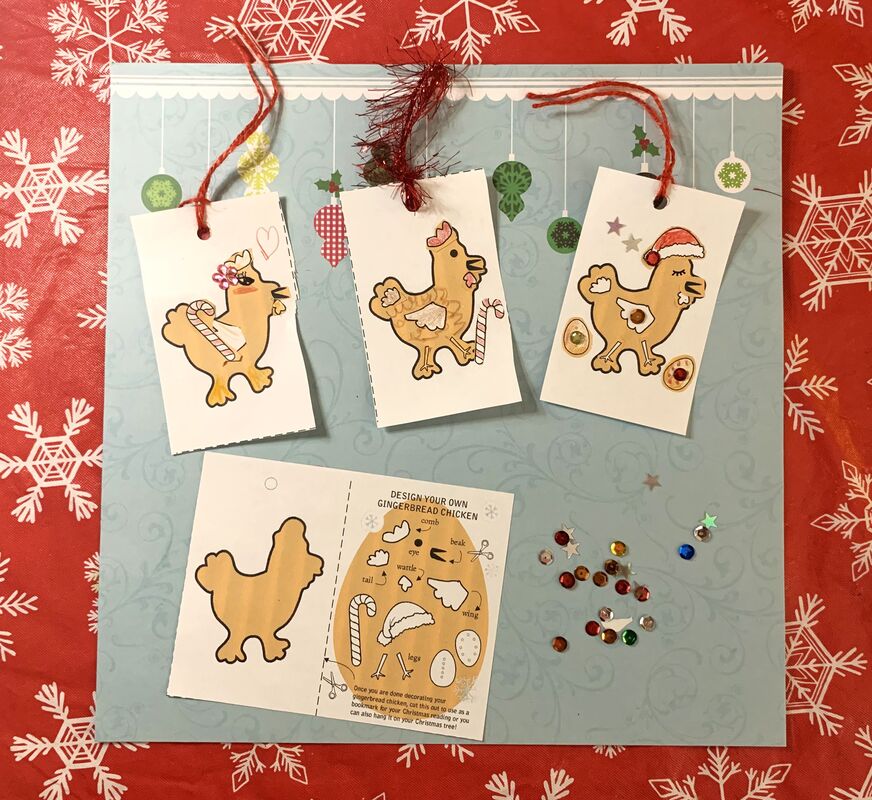





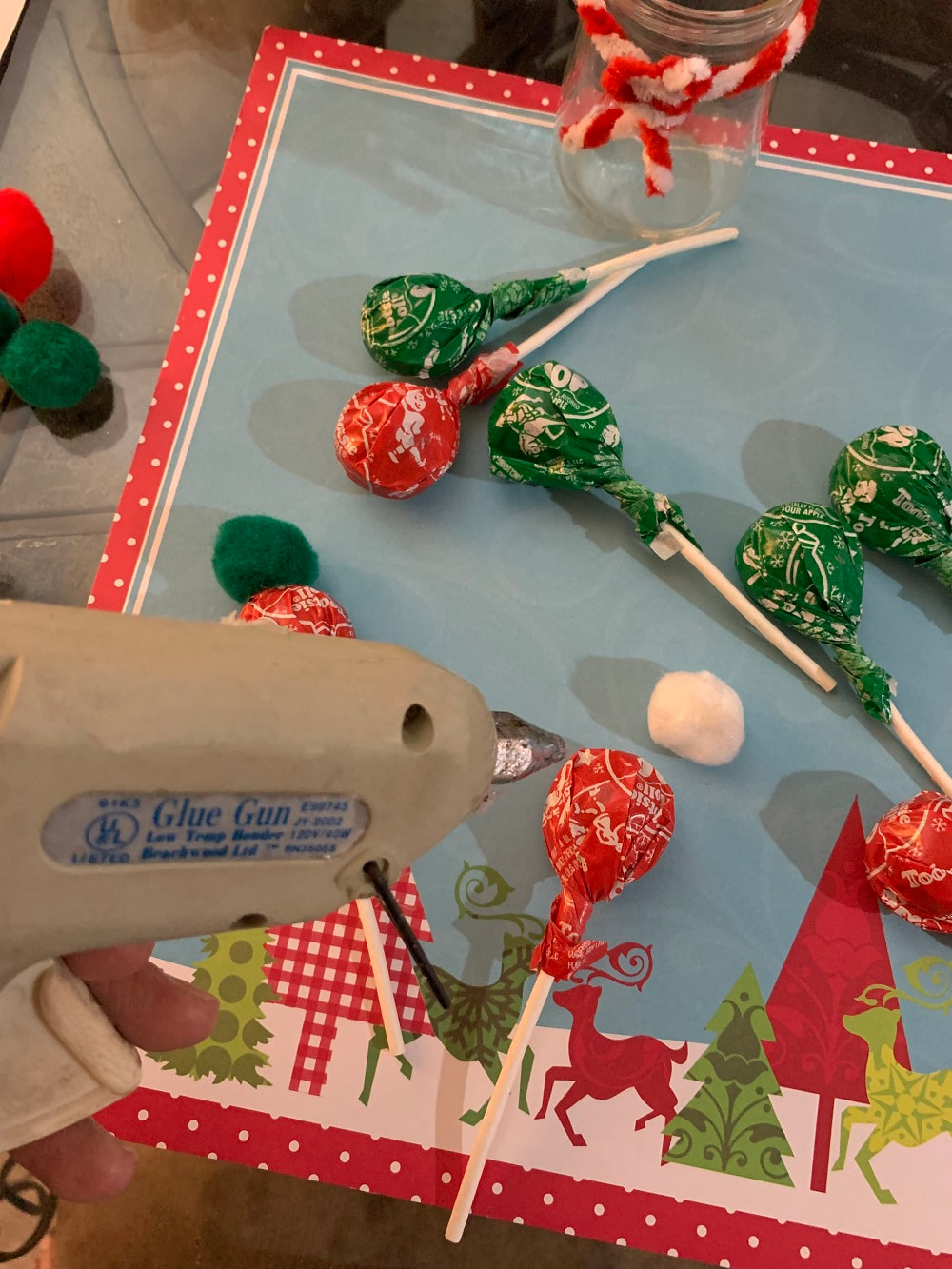
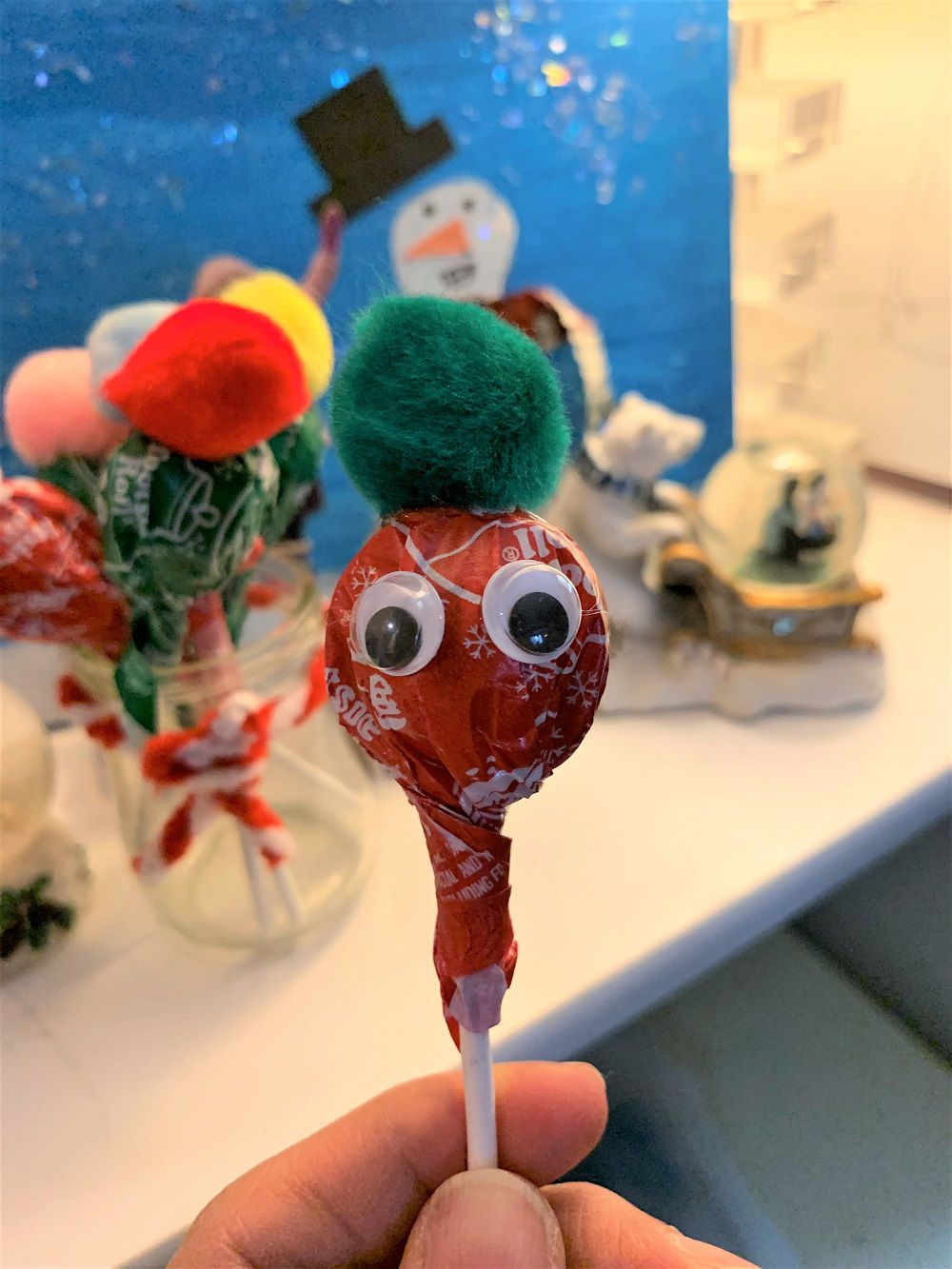



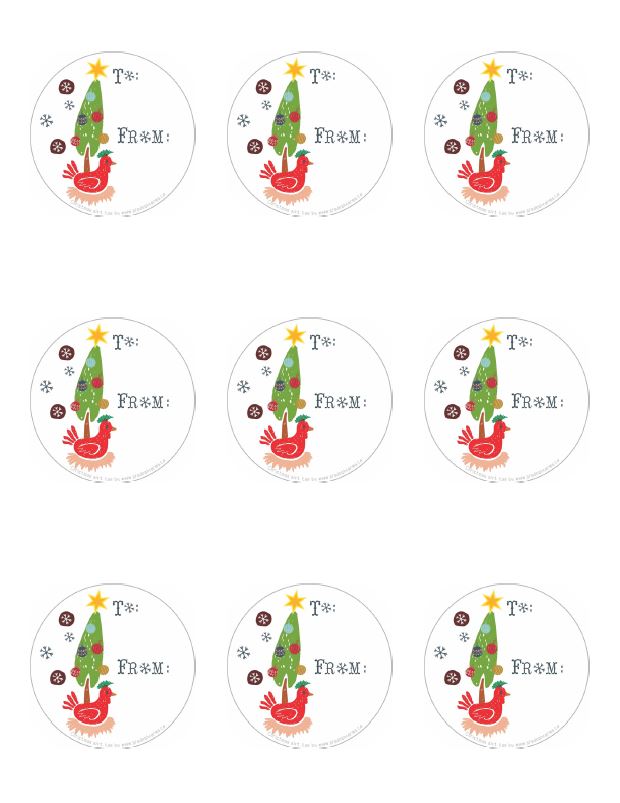

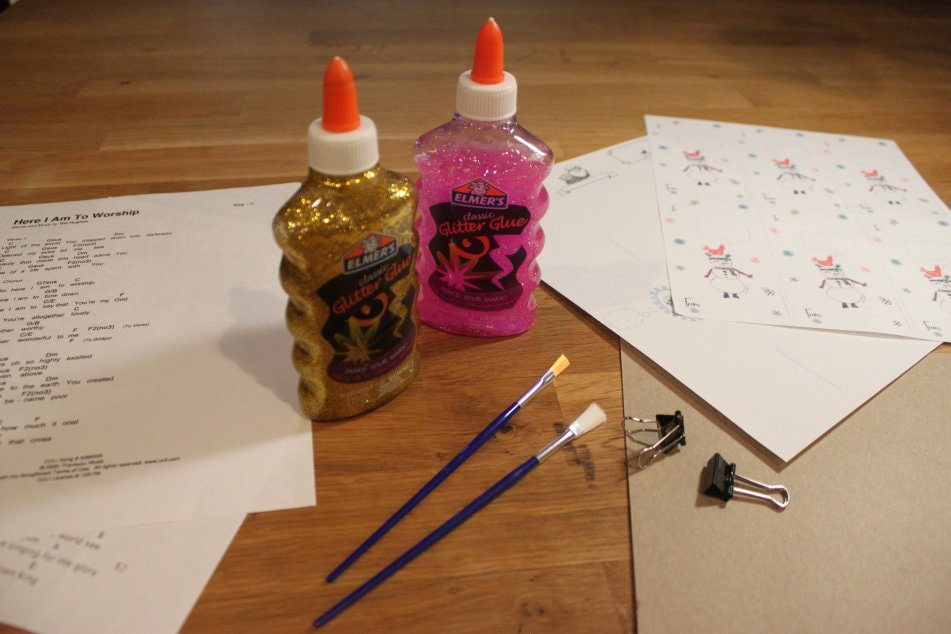

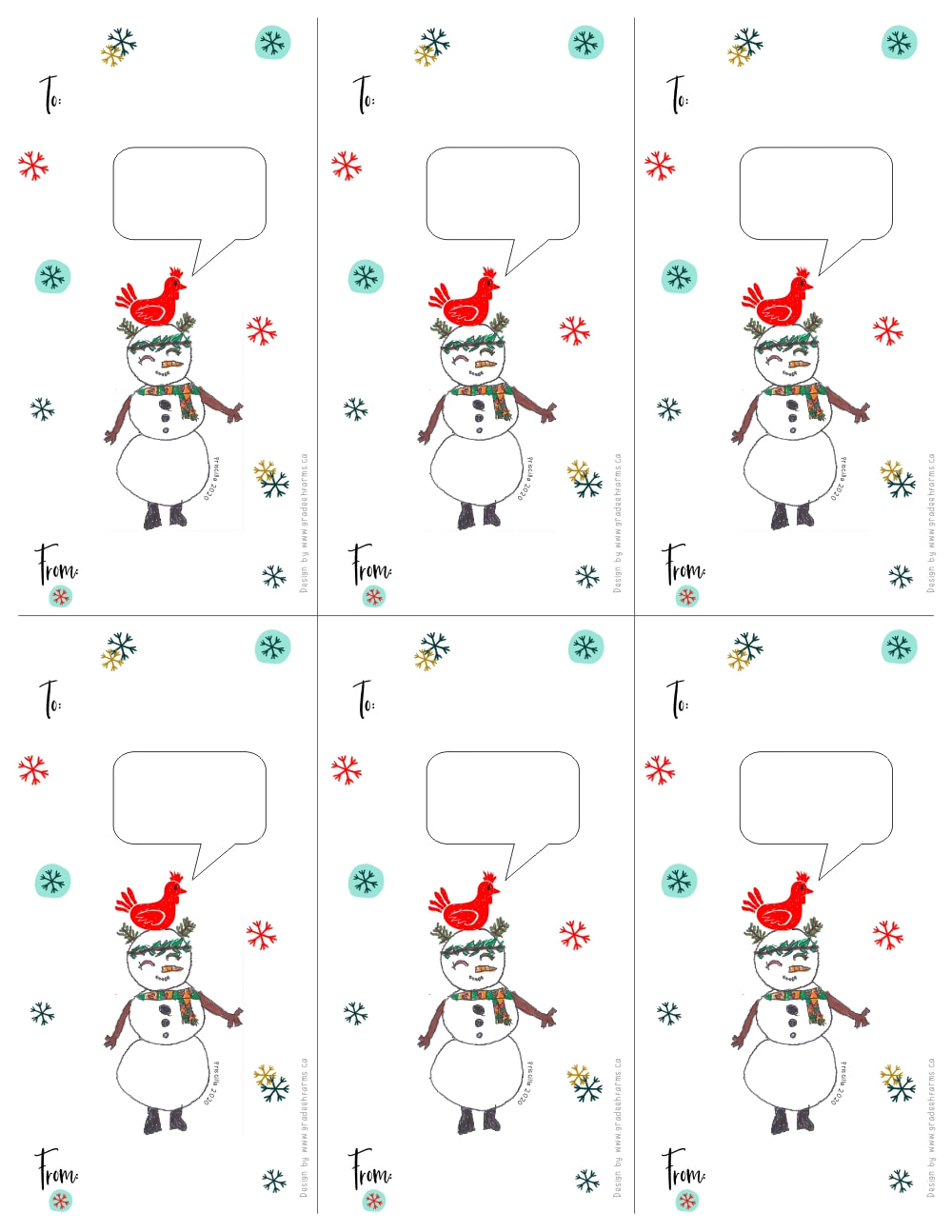
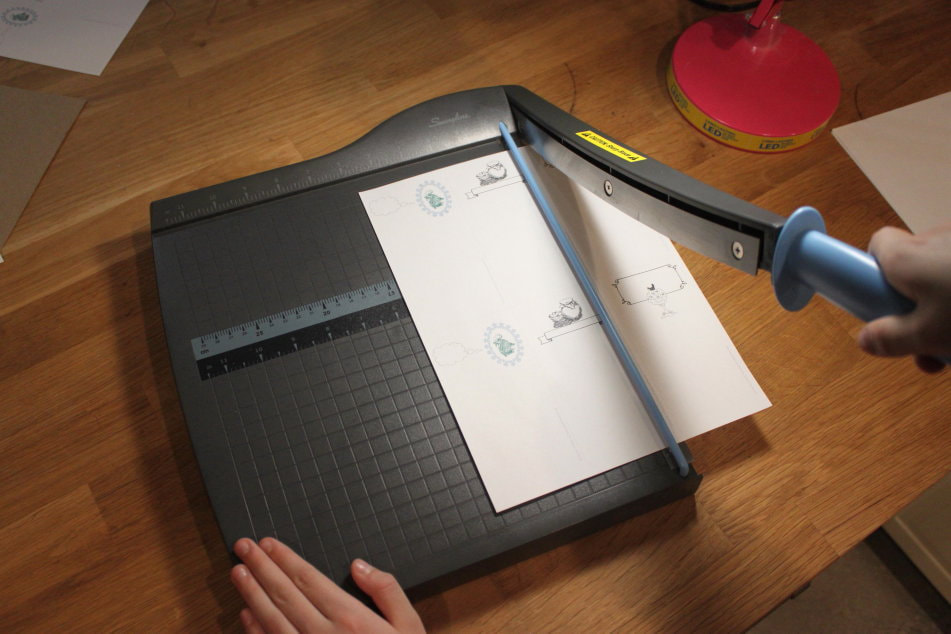




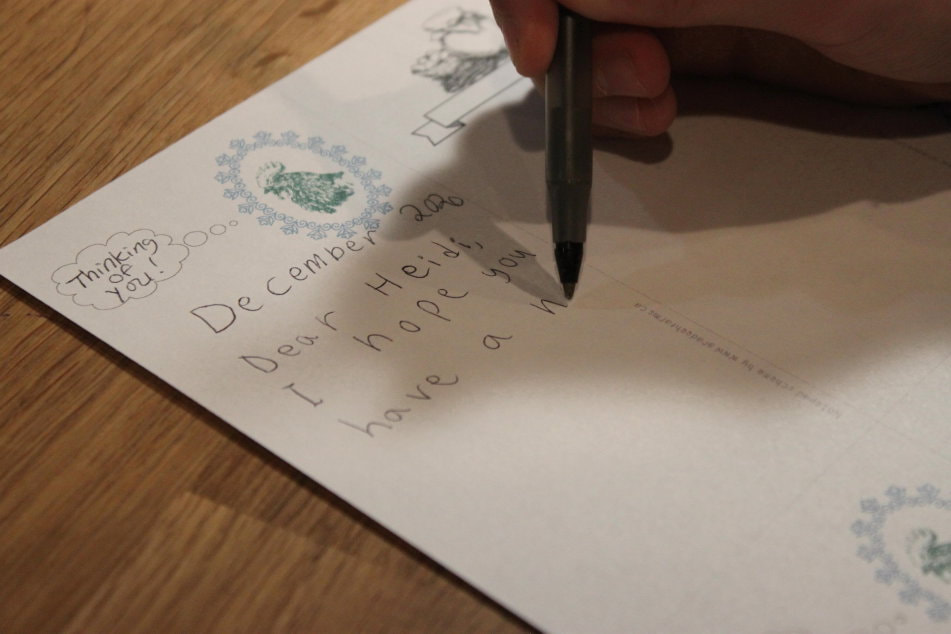





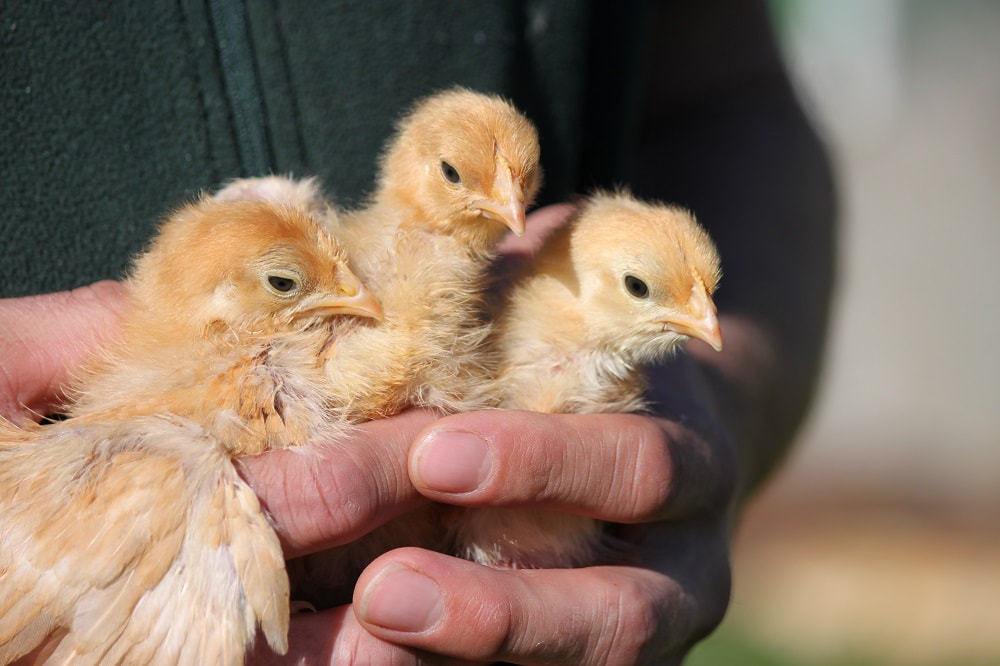
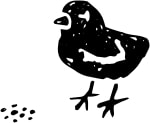


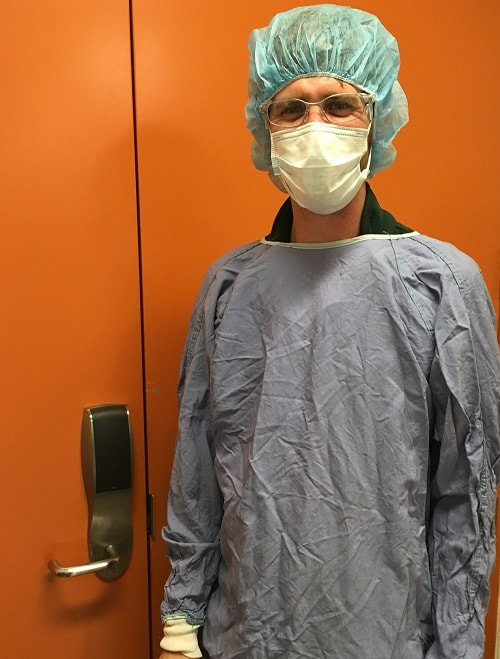





















 RSS Feed
RSS Feed